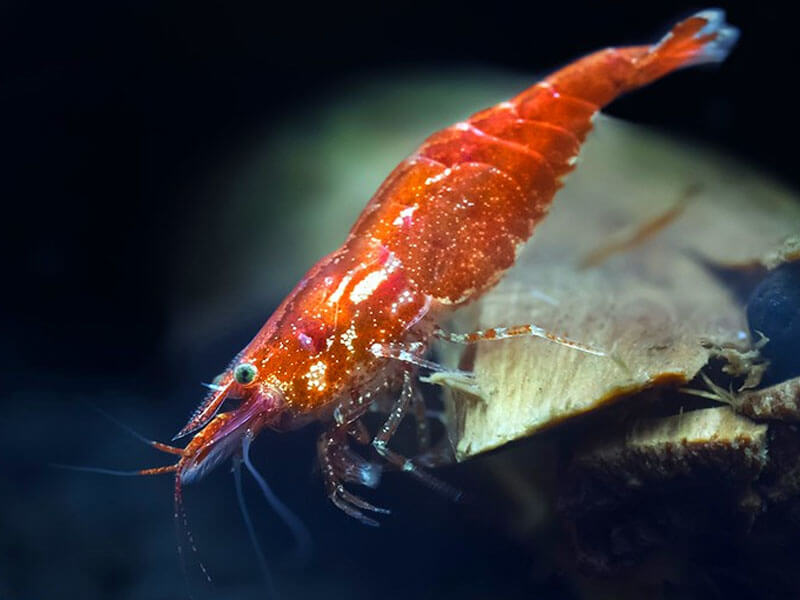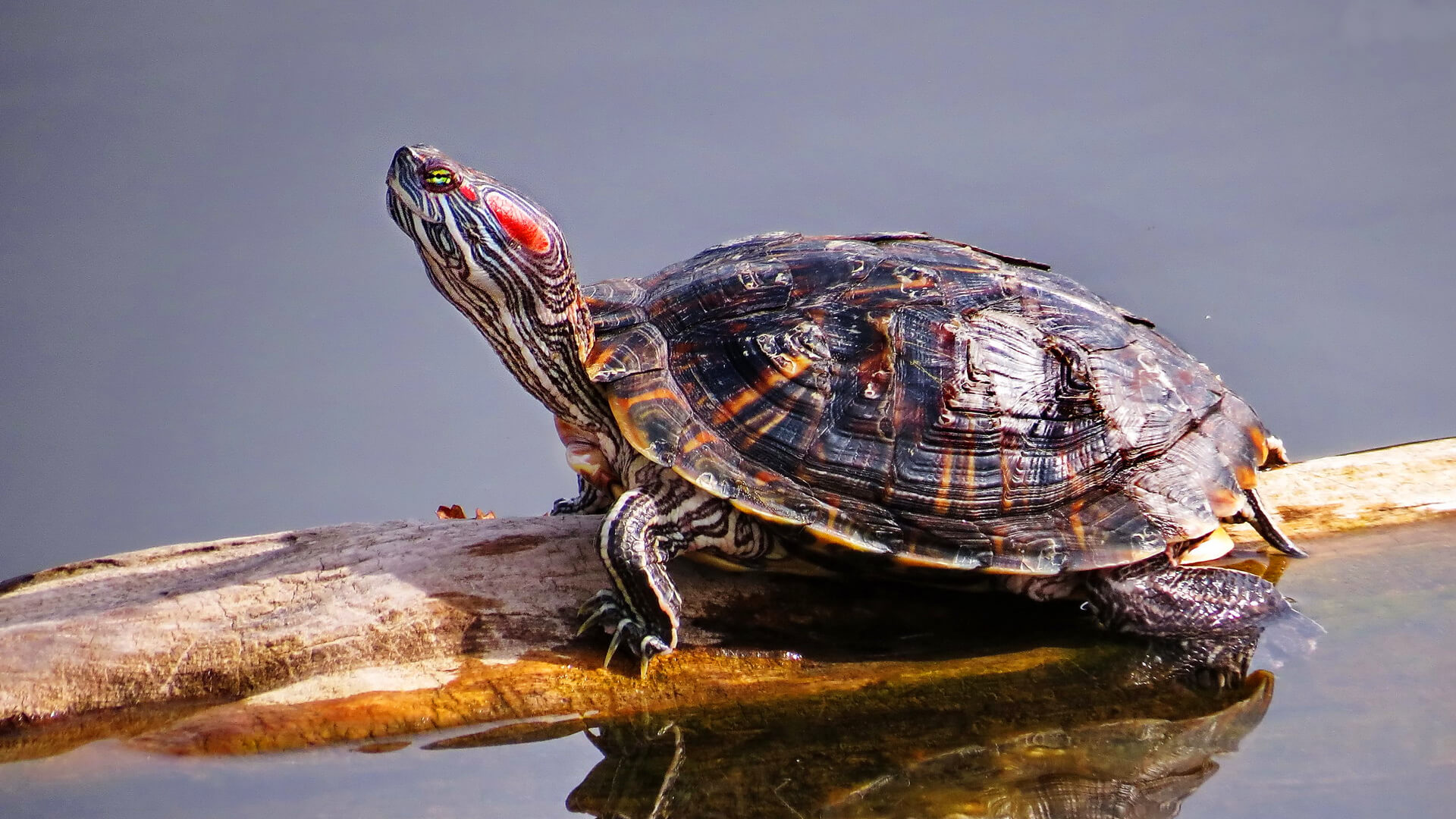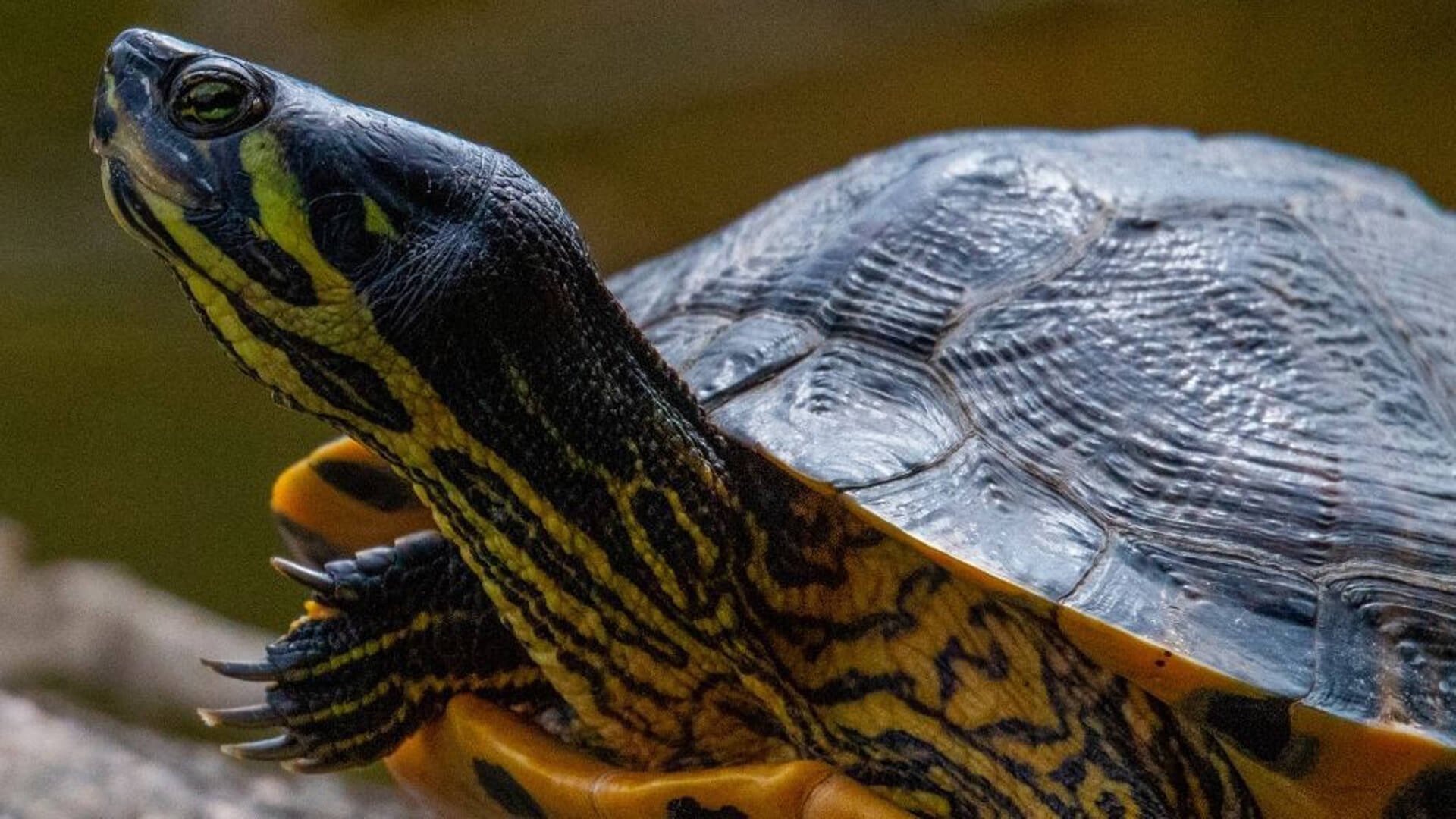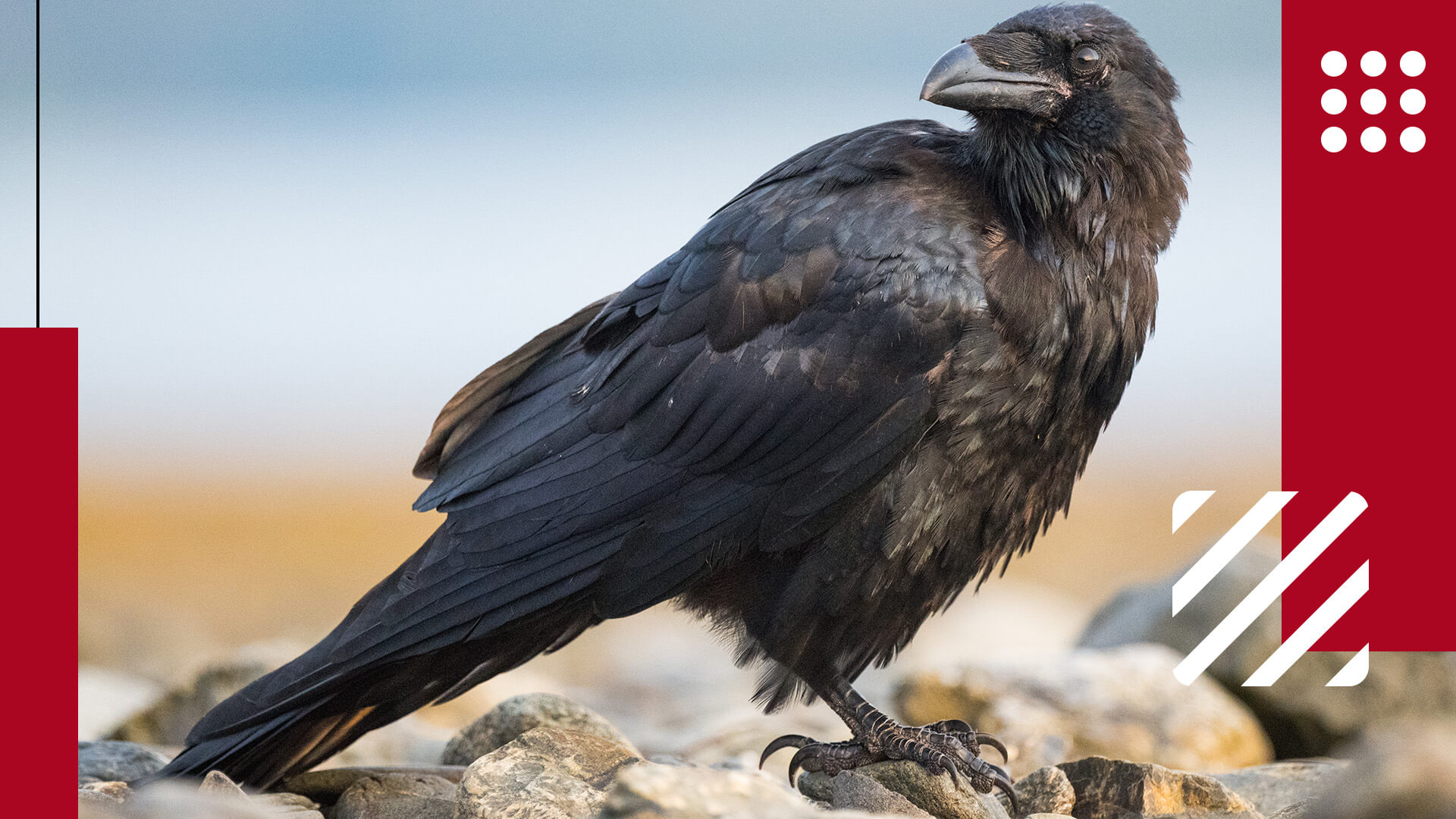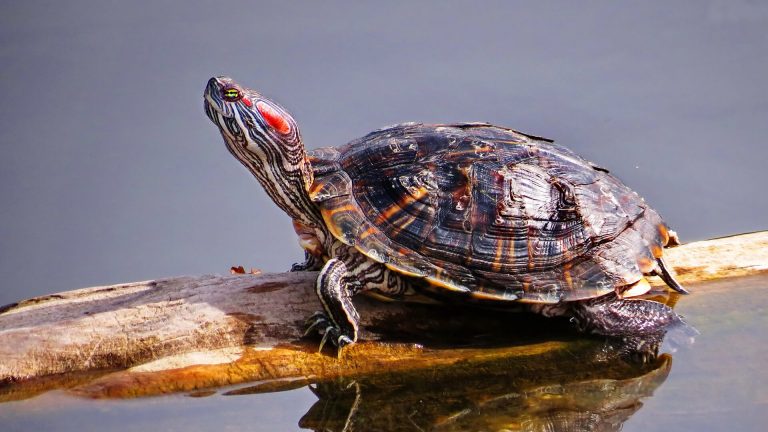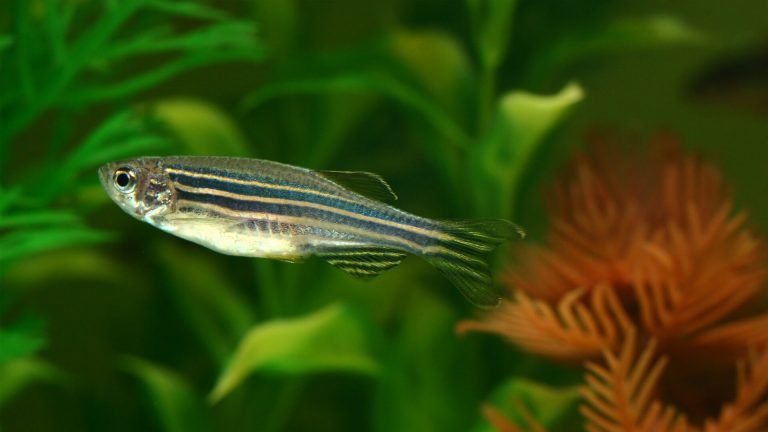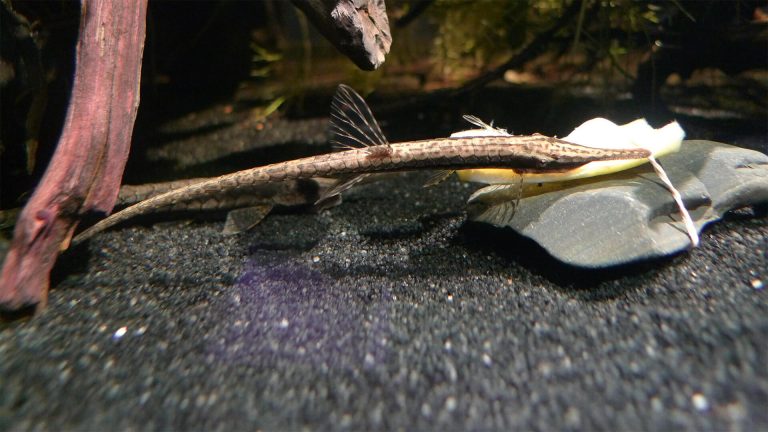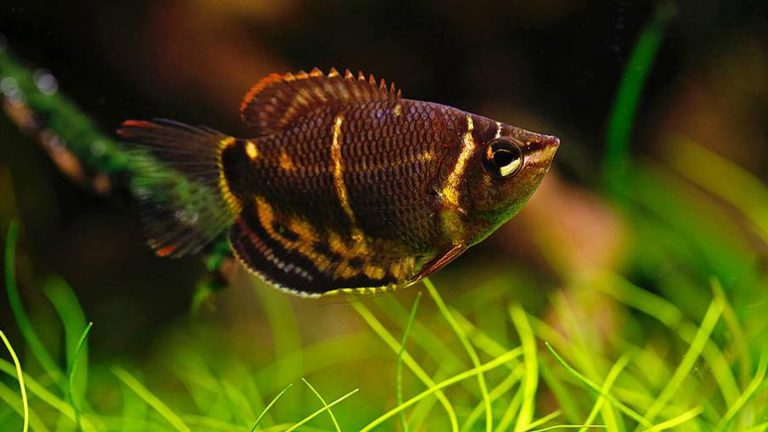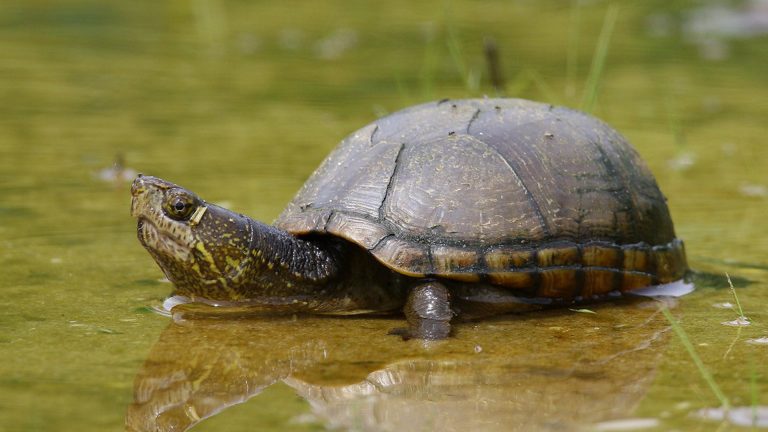The Neocaridina Heteropoda, also known as the Cherry Shrimp or red cherry shrimp, is a small freshwater invertebrate native to Taiwan and belonging to the Atyidae family, which includes over 20 other varieties of shrimp. These shrimp are available in the market in various shades of red and are graded accordingly. They are highly sought after due to their algae-eating habits, making them low-maintenance and ideal for both novice and experienced aquarists.
Due to their small size and limited ability to protect themselves, Cherry Shrimp require plenty of hiding places. In the wild, these shrimp exist in various colors, but the red ones are most popular in the aquarium trade. Their deep red hue is the result of years of selective breeding, and now they are graded based on the intensity of their red color.
Distinctive Features of Cherry Shrimp
| Scientific Name | Neocaridina davidi |
| Lifespan | 1-2 years |
| Color | Bright red |
| Size | Up to 1.5 inches |
| Health Risk | Low |
| Tank Size | Minimum 5 gallons |
| Water pH | 6.5-8.0 |
| Filter Requirement | Low |
| Tankmates | Peaceful community fish such as small tetras or rasboras |
| Unique Trait | Can breed easily in captivity |
| Famous For | Its bright coloration and ease of breeding |
| Temperament | Peaceful and active |
| Maintenance | Low |
| Adaptability | Moderate |
| Behavior | Not recommended for young children |
| Personality | Active and social |
| Social | Can be kept in groups |
Cherry shrimp have several distinctive features that make them unique and easily recognizable. Their most notable feature is their bright red coloration, which ranges from a deep red to a paler color with red dots. This striking coloration is the result of years of selective breeding in the aquarium trade, and is what has made them so popular among aquarists. They are graded based on the shades and depth of their red color, with the most uniform and deep red shrimp being considered the most valuable.
Cherry Shrimp are peaceful and calm, spending much of their time grazing around the substrate and plants in the tank. They are active both during the day and at night. Females are slightly larger than males, reaching a length of around 1.5 inches, and are more colorful. It is difficult to differentiate between males and females, with the only notable sign being the presence of a saddle on the female's stomach once they mature. Females also hold eggs prior to fertilization. The lifespan of a shrimp is usually around one to two years. Many individuals use them in larger aquariums for waste and algae management.
Cherry shrimp are graded based on their color, with the deepest red being the most desirable and paler colors with red dots being less valuable. There are various varieties of cherry shrimp available, including:
- Shrimp cherry: These are considered an inferior grade, with a clear color and interspersed red patches.
- Shrimp Sakura cherry: This variety has a deeper red color with dotted patches over the body.
- Shrimp red fire: This shrimp is completely red in color.
- Shrimp painted red fire: This variety is considered superior and is more expensive. They have an even, deep red color all over their body.
Other varieties of shrimp include yellow, blue, green, violet, chocolate, black-white, and ghost, which have no pigment. However, in the aquarium trade, red cherry shrimp are most commonly sold, as their deep red hue is a result of years of selective breeding. They are graded based on the shades and depth of red.
Watching cherry shrimp in a tank is a visually pleasing experience. They are not only aesthetically ornamental but also serve the purpose of eating all kinds of freshwater algae and organic debris, making them a natural clean-up crew for the tank. Cherry shrimp are highly adaptable to aquariums that have good filtration, water quality, and an abundance of food and shelter. After molting, shrimp may hide to enable growth. Females carry a clutch of yellowish eggs behind their tail, which hatch after about 30 days. These eggs develop in the female's ovaries.
How to Take Care of Pet Cherry Shrimp?
Taking care of pet cherry shrimp requires some basic knowledge and attention to their environment, feeding, and breeding habits. Here are some tips:
How to Setup Aquarium for Pet Cherry Shrimp?
Cherry shrimp are typically found in the wild residing in streams and ponds that are surrounded by thick plant growth and a rocky substrate. It is advisable to mimic this natural environment when setting up an aquarium for them by using small pebbles as a rocky substrate.
When it comes to equipment, a heater is not necessary if the room is heated. However, if needed, add a heater to maintain stable temperatures. Filters must be used with caution to avoid putting the cherry shrimp in danger of being sucked into them. A sponge filter is a better choice, and if using canisters, use foam for inlets to reduce the flow. If you are concerned about reduced filtration, use an air stone instead. Additionally, it is crucial to keep in mind that pet cherry shrimp are sensitive to copper. Therefore, copper-based medications are prohibited in aquariums that house ornamental invertebrates. It is also recommended not to keep cherry shrimp with larger carnivores like loaches and puffers that may prey on them.
Higher grade shrimp require better water conditions. The pH level should be between 6.5 and 8, and the temperature range should be between 65 and 85 degrees Fahrenheit. Shrimps are sensitive to nitrites. Cherry shrimps can survive in small aquariums with just 5 gallons of water, but the size of the tank should be adjusted according to the number of shrimps being housed. Keeping 2-5 shrimps per gallon of water is recommended, as their breeding process can quickly increase their numbers. If you plan to have a colony of cherry shrimp, a tank of at least 20 gallons is necessary.
Cherry shrimp are defenseless so it is vital that tank mates are picked with precautions. The tank mates could be:
- Catfish like Cory or Otocinclus
- Freshwater snails
- Tiny plecos
- Puny tetras
What People Are Reading:
What to Feed Pet Cherry Shrimp?
Cherry shrimp have an omnivorous diet and can survive on a combination of meat and plant matter. Their diet mainly comprises algae and other small organisms found in their natural habitat. They are not picky eaters and can be fed a variety of foods in captivity. High-quality shrimp pellets designed for their dietary needs can be fed to them. Additionally, frozen foods and vegetables can also be offered. Vegetables such as lettuce, carrot, zucchini, and cucumber can be boiled or blanched and added to their diet.
It is important to avoid overfeeding these tiny creatures and dirtying the tank. Their appetite is limited, so excess food should be removed from the tank within 2 hours of feeding to maintain water chemistry. It is recommended to remove any uneaten food to prevent it from decaying and causing water quality issues.
Health Concerns of Cherry Shrimps
Cherry shrimps are generally hardy and not prone to diseases if they are kept in good water conditions. However, they can be susceptible to various issues, and some of the most common health concerns are as follows:
- Poor water quality: If the water quality is poor, cherry shrimps can become stressed and susceptible to diseases. High levels of ammonia, nitrite, and nitrate can be harmful to the shrimps, so it is important to regularly test the water and maintain good water quality.
- Molting problems: Cherry shrimps molt periodically to shed their exoskeleton and grow. Molting problems can arise if the water parameters are not suitable, or if the shrimps lack proper nutrition. Molting problems can be fatal, and the shrimps may die if the exoskeleton is not shed properly.
- Parasites and infections: Cherry shrimps can be susceptible to parasites and infections, such as bacterial infections, fungal infections, and parasitic infestations. These issues can arise if the water quality is poor, or if the shrimps are stressed.
- Copper toxicity: Cherry shrimps are sensitive to copper, and even small amounts of copper can be toxic to them. Copper can be found in some tap water sources, so it is important to test the water and avoid using copper-based medications.
Frequently Asked Questions About Cherry Shrimp
Here are some of the questions people generally ask/have about pet cherry shrimp.
Which fish can be kept with cherry shrimp?
A small calm non-attacking variety of fish can be tank mates. Cherry shrimps are peaceful creatures never attack other fish moreover they can't defend themselves. Names like ottocinclus, catfish, otto cat, corydoras, danio, small plecos, dwarf gouramis, small tetras fish as well as snails should be the choice.
How long does it take for cherry shrimp to grow?
Shrimp takes about three months to attain maturity. It is at the time capable of reproduction. The life span of the cherry shrimp is one to two years in ideal conditions.
How much do cherry shrimp cost?
In present times it is easy to buy cherry shrimp online than at pet shops. Cherry shrimp costs a couple of dollars. Higher grade cherry shrimp are very appealing in the tank. The aesthetic value of the tank is enhanced. They grow up to be 4 cm.
How do you take care of cherry shrimp?
Keep cherry shrimp in clean water with a pH of 6.5 to 8; keep the temperature 14-30 degrees and moderate room temperature at 72 degrees. The flowing current of water in the tank should be decent. What must be avoided are ammonia spikes, high nitrates, and high nitrates. Cherry shrimp lives its full life in an aquarium with stable parameters superior quality food and acceptable tank mates.
If at feeding time the shrimp shows hyperactivity it is a happy time for them. Feeding time is the best time to observe the health of the shrimp. Despite eating algae they eat again at feeding time.

